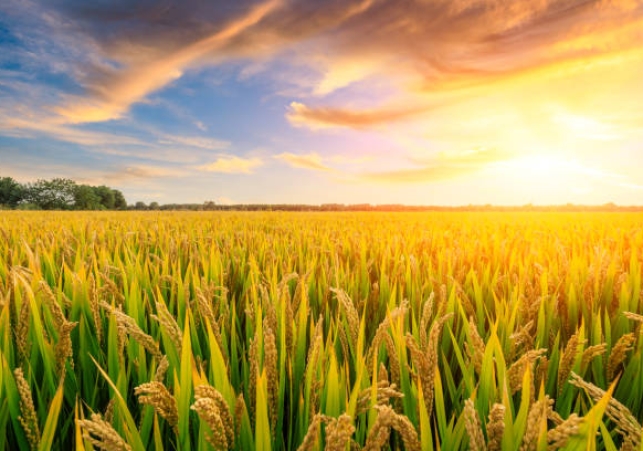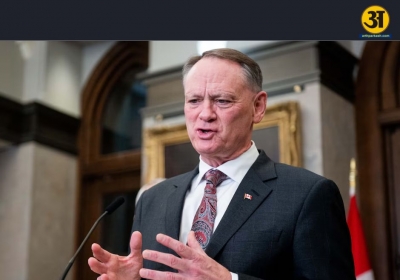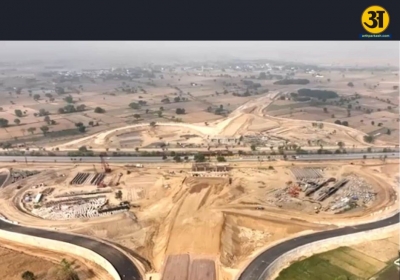
India Halts Rice Export, Raises Global Food Inflation
India Halts Largest Rice Export Category, Sparking Global Food Inflation Concerns
India, the world's largest exporter of rice, has ordered a halt to its largest rice export category, a move that is expected to cut shipments by nearly half. The government imposed a ban on non-basmati white rice due to a 3% rise in retail rice prices caused by late and heavy monsoon rains that damaged crops. With India accounting for more than 40% of world rice exports, this decision raises concerns about inflation in global food markets, already affected by Russia's invasion of Ukraine and erratic weather.
The ban applies to the category of non-basmati white and broken rice, which constituted around 10 million tons of the total 22 million tons of Indian rice exports last year. However, the government clarified that the ban does not include parboiled rice, which accounted for 7.4 million tons of exports in 2022.
Situation in India- Rice exports
Prime Minister Narendra Modi's government is wary of food inflation ahead of the upcoming general election. They previously extended a ban on wheat exports and curbed rice shipments in September 2022. The government also imposed limits on sugar exports this year due to reduced cane yields.
The abrupt ban on rice exports may significantly impact buyers who rely on Indian rice. While countries like Thailand and Vietnam don't have enough inventories to make up for the shortfall, African buyers are expected to be most affected by India's decision. Many countries will likely urge India to resume shipments. Top buyers of Indian rice include Benin, Senegal, Ivory Coast, Togo, Guinea, Bangladesh, and Nepal.
The ban will be effective from July 20, but vessels under loading will be allowed to complete their exports.
ALSO READ:
The recent heavy rains in northern parts of India have caused damage to newly planted crops, especially in states like Punjab and Haryana, leading to the need for replanting. Rice paddy fields have been submerged for more than a week, destroying seedlings and causing delays in transplanting. In other rice-growing states, farmers have prepared paddy nurseries but have been unable to transplant the seedlings due to insufficient rainfall.
Despite an expected increase in rice cultivation after New Delhi raised the rice purchase price, farmers have planted rice paddy on an area 6% smaller than in 2022 due to weather challenges.
The global rice market is already experiencing high prices, with Vietnam's 5% broken rice reaching its highest level since 2011 at $515-$525 per metric ton. India's 5% broken parboiled rice is also near a five-year peak at $421-$428 per metric ton. Buyers may turn to Thailand and Vietnam, but their 5% broken rice could cost $600 per metric ton, leading to higher costs for China and the Philippines, who typically buy from these countries.
With the ban in effect, attention turns to how India will manage domestic food prices and what impact it will have on global food markets. Buyers and traders will closely monitor the situation, hoping for a resolution and potential resumption of exports to stabilize food prices.





